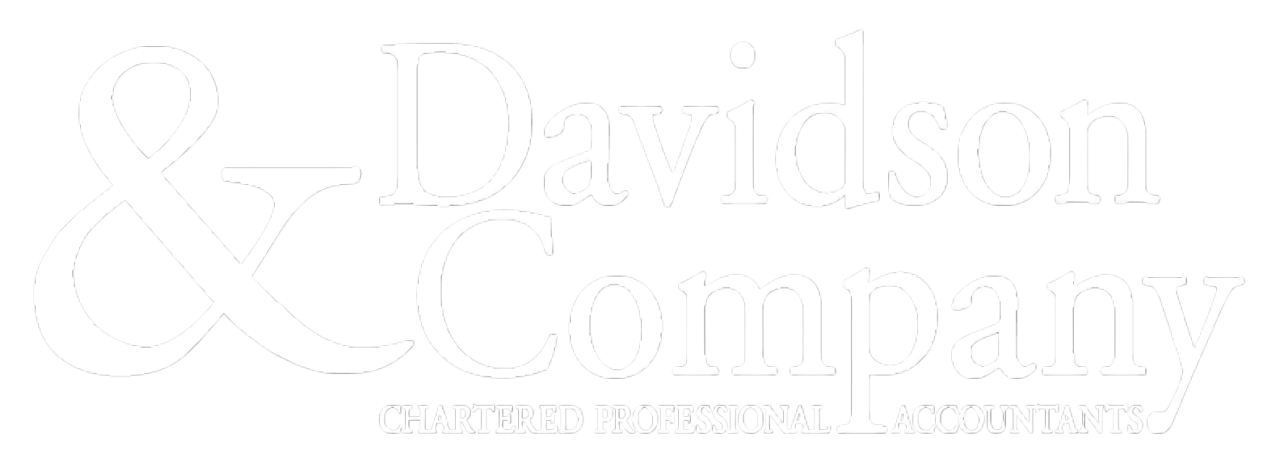In December 2022, the Canadian government enacted new legislation into the Income Tax Act which significantly broadens requirements for trusts to file tax returns (which were previously exempt from filing) and for all trusts to disclose additional information about the trust to the Canada Revenue Agency (“CRA”).
Trustees should anticipate increased reporting requirements and potentially filing tax returns for trusts that may have been exempt or had limited disclosure requirements under the previous rules.
Previous Rules
Under the previous rules, a trust was generally required to annually file a T3 Trust Income Tax and Information Return (“T3 Return”) if it:
- Received income, recognized a gain or profit in excess of $500;
- Had taxes payable for the year;
- Made a distribution to one or more beneficiaries;
- Received a request to file; or
- Disposed of capital property.
Unless one of the above applied, there was no requirement that the trust file a T3 Return, nor was there a requirement for a bare trust to file a T3 Return, in most situations.
New Trust Return Filing Requirement
For tax years ending on or after December 31, 2023, all non-resident trusts that currently have to file a T3 Return and express trusts that are resident in Canada, including bare trusts, will be required to file a T3 Return annually including new enhanced disclosure requirements as part of the T3 Return for each year.
Express Trusts
The term “express trust” is not a defined term in the Income Tax Act. Under common law, the term “express trust” is generally understood to be a trust created with the settlor’s express intent, usually made in writing.
Examples of Express Trusts
Some of the most common examples of express trusts include:
- Family Trusts
- Testamentary Trusts (created by a Last Will and Testament)
- Alter Ego or Joint Partner Trusts
Bare Trusts
A bare trust exists where a trustee (which could be a natural person or a corporation) holds legal title to property for the benefit of a beneficiary (i.e. another person or a corporate entity). The trustee only holds legal title to property but has no other power, duties, obligations or responsibilities – all of which lie with the beneficiary.
A bare trust relationship is commonly documented in various legal agreements called “Bare Trust Agreement”, “Nominee Agreement”, “Declaration of Bare Trust”, or “Agency Agreement”.
Examples of Bare Trusts
Some of the most common examples of bare trust arrangements include:
- A nominee corporation holds legal title to real estate where beneficial ownership is held by an individual or an individual holds legal title to real estate and beneficial ownership is held by a corporation
- An individual holds legal title to real estate where beneficial ownership is held by a trust, such as an alter ego trust or joint spousal trust.
- Parents/Grandparents holding bank accounts “in trust for” children/grandchildren
- Adult children have been added to legal title of their aging parent’s property or have been added to the bank/investment accounts of their parents for the purposes of saving probate
- Parents added to the legal title of their adult children’s property to obtain bank financing
New Enhanced Disclosure Requirements
In addition to the new T3 Return filing requirement for a trust (including a Bare Trust), the following information must be provided for all trustees, beneficiaries, settlors and any person who has the ability to exert influence of trustee decisions regarding the appointment of income or capital of the trust (i.e. a Trust Protector):
- Name
- Address
- Date of Birth
- Jurisdiction of Residence
- Taxpayer Identification (i.e. SIN, trust account number, business number, foreign tax ID)
Exemptions
Some trusts are exempt from the new T3 Return filing requirement, including (but not limited to):
- Trusts that have existed for less than 3 months
- Trusts that hold certain assets with a FMV less than $50,000 throughout the year
- Trusts governed by registered plans (i.e. RRSP, RRIF, TFSA, RESP, etc.)
- Trusts that are graduated rate estates and qualified disability trusts
- Lawyer general trust accounts
- Mutual fund trusts, segregated funds and master trusts
Due Dates
Generally, the due date for a T3 Return is 90 days after the trust’s year-end. Most trusts have a December 31st year-end, which means for trusts with a December 31, 2023 year-end, the due date is March 30, 2024.
Penalties
Existing penalties for non-compliance regarding the requirement to file a T3 Return remain unchanged. However, if the required information under the new enhanced disclosure requirements is not included with the T3 Return, the CRA can assess a penalty of $25/day with a maximum penalty of $2,500. In instances where gross negligence is involved, the penalty is the greater of $2,500 and 5% of the highest fair market value of the trust’s assets held during the year.
Note the CRA recently indicated they may provide limited penalty relief for bare trusts for the 2023 tax year in certain situations.
What You Need to Do
Please reach out to us if you have a trust that did not previously file a tax return or if you are a party to a bare trust arrangement as there are new filing requirements.
We encourage all trustees to invest time now to understand the changes to the reporting requirements for your trust or bare trust arrangement and to begin gathering the required information, so the new reporting requirements can be met under the new regime.
